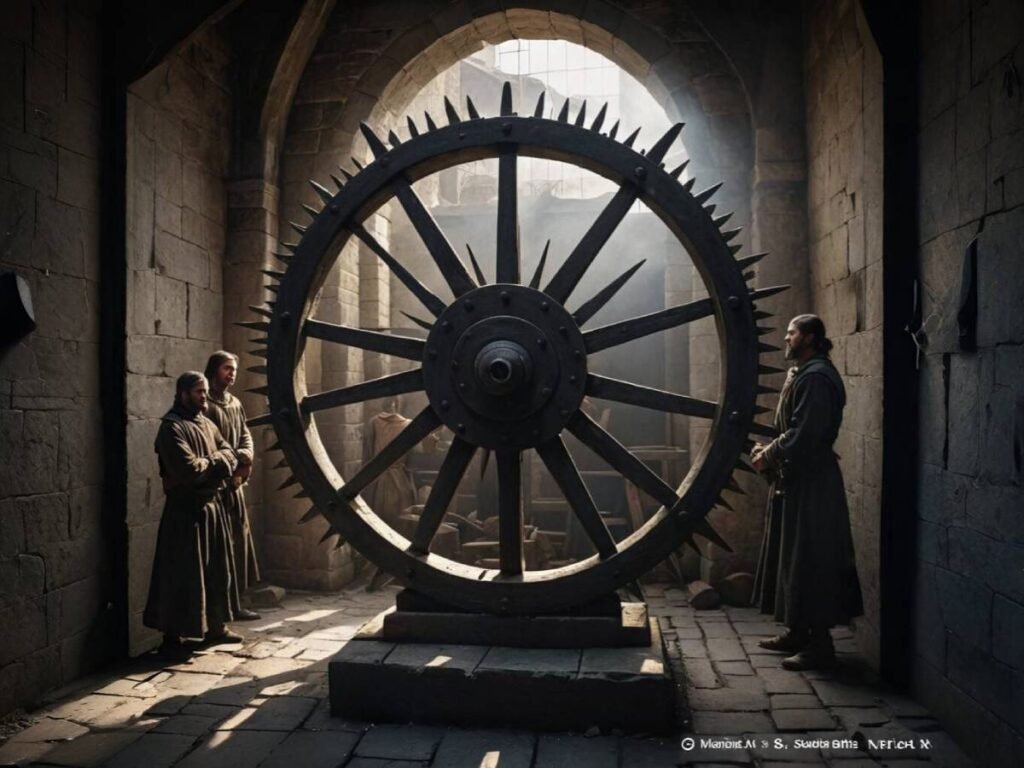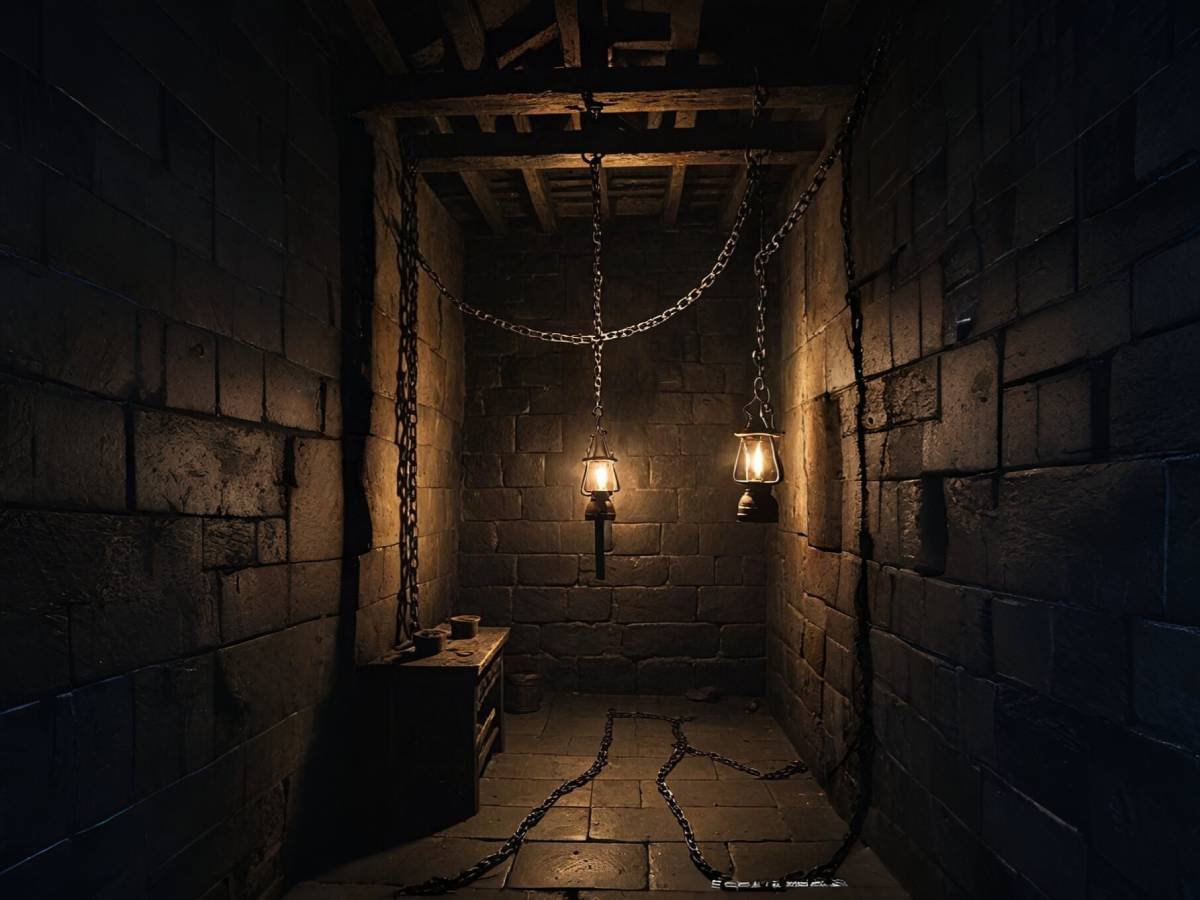Introduction
Imagine a time when justice was meted out not through fair trials but through gruesome methods designed to instill fear. The medieval era, often romanticized for its chivalry and valor, also harbored some of the darkest practices in human history. Despite the passage of centuries, the chilling reality of medieval torture methods remains largely unknown to many. These brutal techniques were not only tools of punishment but also instruments of terror, used to maintain control and obedience within society. Understanding these methods is crucial, as it sheds light on humanity’s capacity for cruelty and the lengths to which people will go to assert power over others.
In this blog post, we will unveil ten of the most shocking medieval torture methods, revealing the horrifying details behind each technique. By the end, you’ll gain a deeper understanding of this dark chapter in history and the psychological and physical impacts these practices had on their victims.
The Context of Medieval Torture
The medieval period, spanning roughly from the 5th to the late 15th century, was characterized by a complex interplay of social, political, and religious factors. Torture was often justified as a means of extracting confessions, punishing criminals, or deterring others from committing crimes. The church and state frequently endorsed these practices, believing they upheld moral and social order.
During this time, societal norms were vastly different from today. The legal system was often arbitrary, and the concept of human rights was virtually nonexistent. Torture was seen as a legitimate tool for maintaining authority and enforcing laws. The fear of torture served as a deterrent, keeping the populace in line and discouraging dissent.
Overview of Torture Methods
Medieval torture methods varied widely in their execution and purpose. They were designed to inflict maximum pain and suffering, both physically and psychologically. Understanding these methods provides insight into the darker aspects of human nature and societal control.
Detailed Exploration of 10 Torture Methods
1. The Rack

The Rack was a notorious torture device that stretched the victim’s body to the point of dislocation. With limbs tied to rollers, the executioner would slowly turn the handles, pulling the victim apart. This method was used to extract confessions or punish those accused of serious crimes. The excruciating pain often led to permanent injuries or death.
2. The Iron Maiden

This terrifying device resembled a coffin lined with spikes. When closed, the spikes would impale the victim, causing excruciating pain without immediate death. The Iron Maiden was often used as a psychological tool to instill fear in others. Victims could be left in the device for hours, suffering the agony of their predicament.
3. The Breaking Wheel

Victims were tied to a large wheel, and their limbs were systematically broken with a heavy object. The wheel would then be displayed as a warning to others, serving both as punishment and a gruesome spectacle. This method was particularly popular in Europe, where it was used for serious crimes such as murder and treason.
4. Drawing and Quartering

Reserved for those convicted of treason, this brutal method involved hanging the victim until near death, followed by disembowelment and quartering. The remains were often displayed in public as a deterrent to others. This method was not only painful but also humiliating, as the victim’s body was treated as a warning to others.
5. The Judas Cradle
Victims were seated on a pyramid-shaped device, which would impale them as they were lowered onto it. This method was not only painful but also humiliating, often used to extract confessions. The slow descent onto the sharp point intensified the agony, making it a particularly dreaded form of torture.
6. Flaying

Flaying involved stripping the skin from the body, a horrific practice that caused immense suffering. This method was often used as a punishment for severe crimes and was intended to serve as a warning to others. The process was excruciatingly slow, and victims often succumbed to shock or blood loss before dying from the injuries.
7. Rat Torture

In this method, a rat was placed in a container on the victim’s abdomen, and heat was applied to the container. The rat, seeking escape, would burrow into the victim’s flesh. This method combined psychological terror with physical pain, as the victim could only watch helplessly as the rat approached.
8. The Brazen Bull

This device was a hollow bronze statue in the shape of a bull. Victims were locked inside, and a fire was lit beneath, roasting them alive. The screams were designed to sound like the bellowing of a bull, adding a layer of horror to the execution. This method was particularly brutal, as it allowed the executioner to enjoy the victim’s suffering.
9. Scaphism

Scaphism, or “the boats,” involved trapping the victim between two boats, force-feeding them milk and honey, and leaving them to the elements. This method led to a slow, agonizing death from exposure and insects. The victim would often suffer from extreme dehydration and starvation, along with the torment of insects feasting on their flesh.
10. The Heretic’s Fork

This device consisted of two sharp prongs attached to a fork-like structure placed between the breastbone and the sternum. Any movement would cause extreme pain, making it a method of psychological torment as well as physical suffering. This method was often used against those accused of heresy, serving as both punishment and a means of extracting confessions.
The Legacy of Medieval Torture
The legacy of these medieval torture methods continues to influence modern perceptions of justice and punishment. As societies evolved, the decline of such brutal practices marked a shift toward more humane treatment and legal systems. The Enlightenment brought about significant changes in attitudes toward punishment, leading to the abolition of torture in many parts of the world.
Understanding this history is vital to recognizing the progress made in human rights. Today, the international community largely condemns torture, viewing it as a violation of human dignity and a crime against humanity. However, the echoes of these practices can still be seen in some regions where torture persists, highlighting the importance of vigilance in protecting human rights.
Conclusion
The shocking nature of medieval torture methods serves as a grim reminder of humanity’s capacity for cruelty. By reflecting on this dark chapter in history, we can better appreciate the importance of justice and the protection of human rights. Let us remember these practices not only to learn from the past but also to prevent such horrors from recurring in the future.
FAQs
1. Why were torture methods used in medieval times?
Torture was used primarily for punishment, interrogation, and as a deterrent against crime. It was often endorsed by the church and state.
2. Were all torture methods lethal?
Not all methods were designed to kill immediately; many aimed to extract confessions or instill fear, often resulting in prolonged suffering.
3. How did society view torture during the medieval period?
Torture was largely accepted as a legitimate means of justice, often seen as necessary for maintaining order and deterring crime.
4. What impact did these torture methods have on victims?
Victims often suffered severe physical and psychological trauma, and many did not survive the experience.
5. How have views on torture changed over time?
Modern societies generally reject torture, viewing it as inhumane and a violation of human rights, leading to legal reforms and protections against such practices.







Leave a Reply